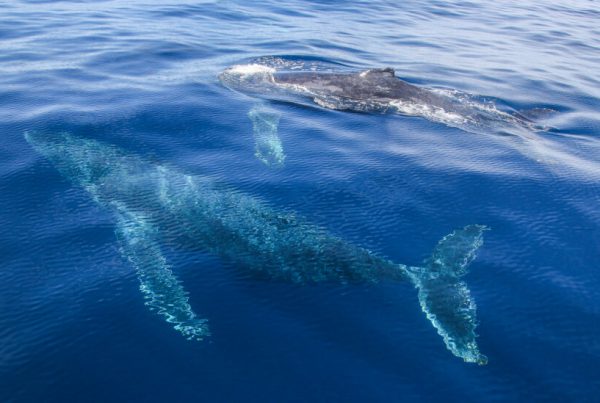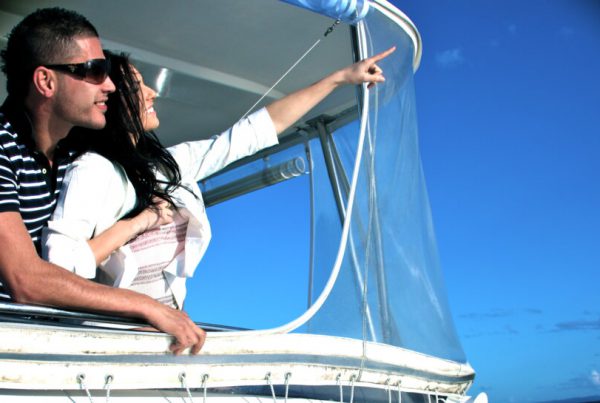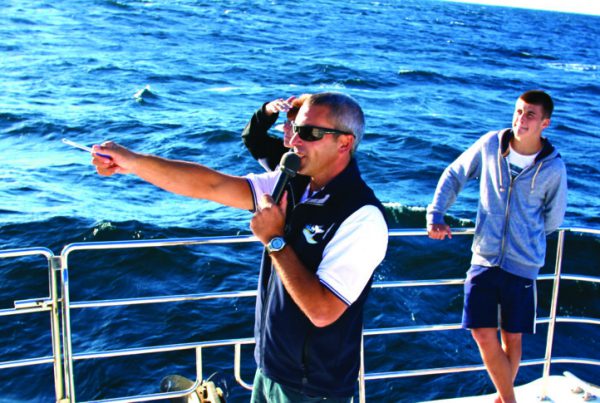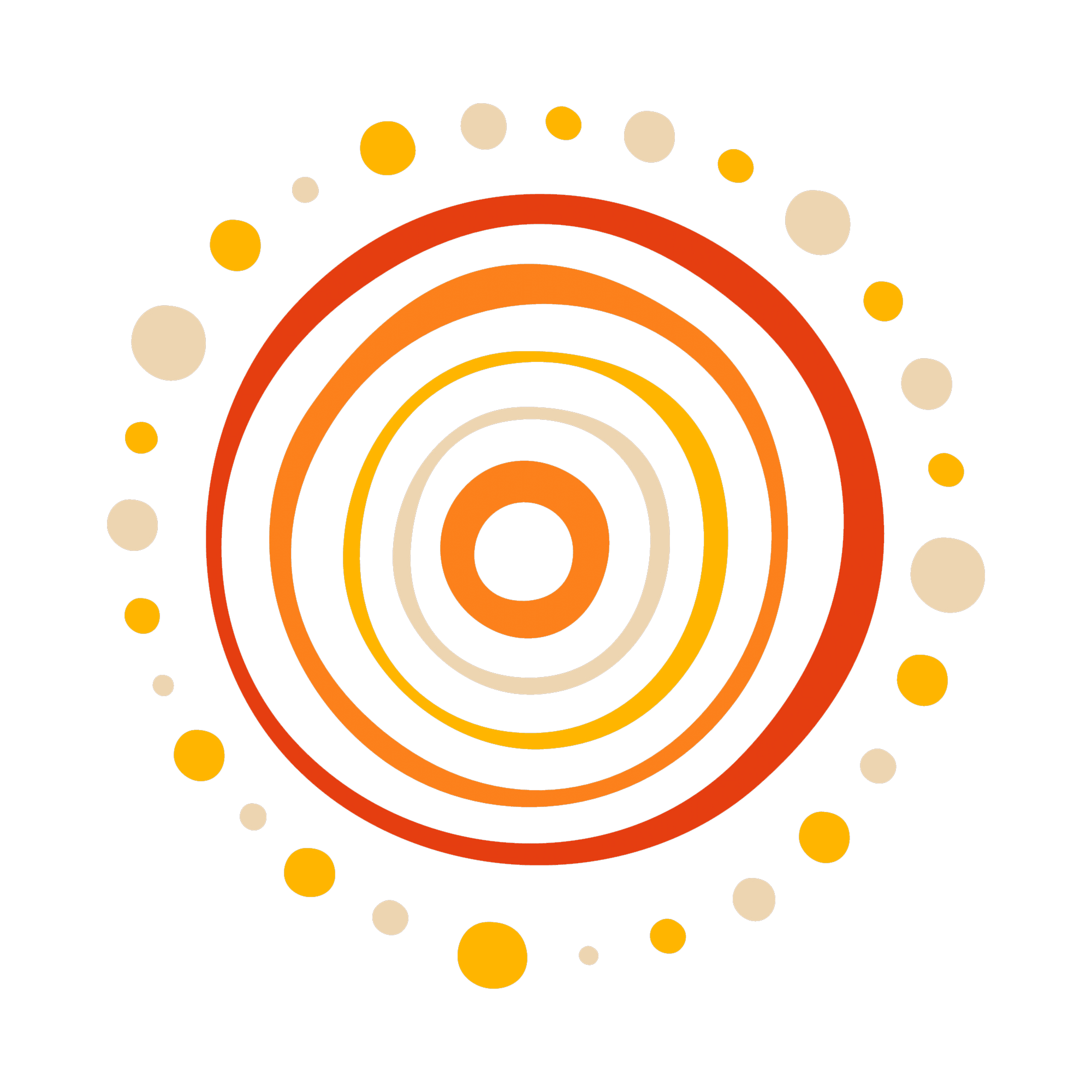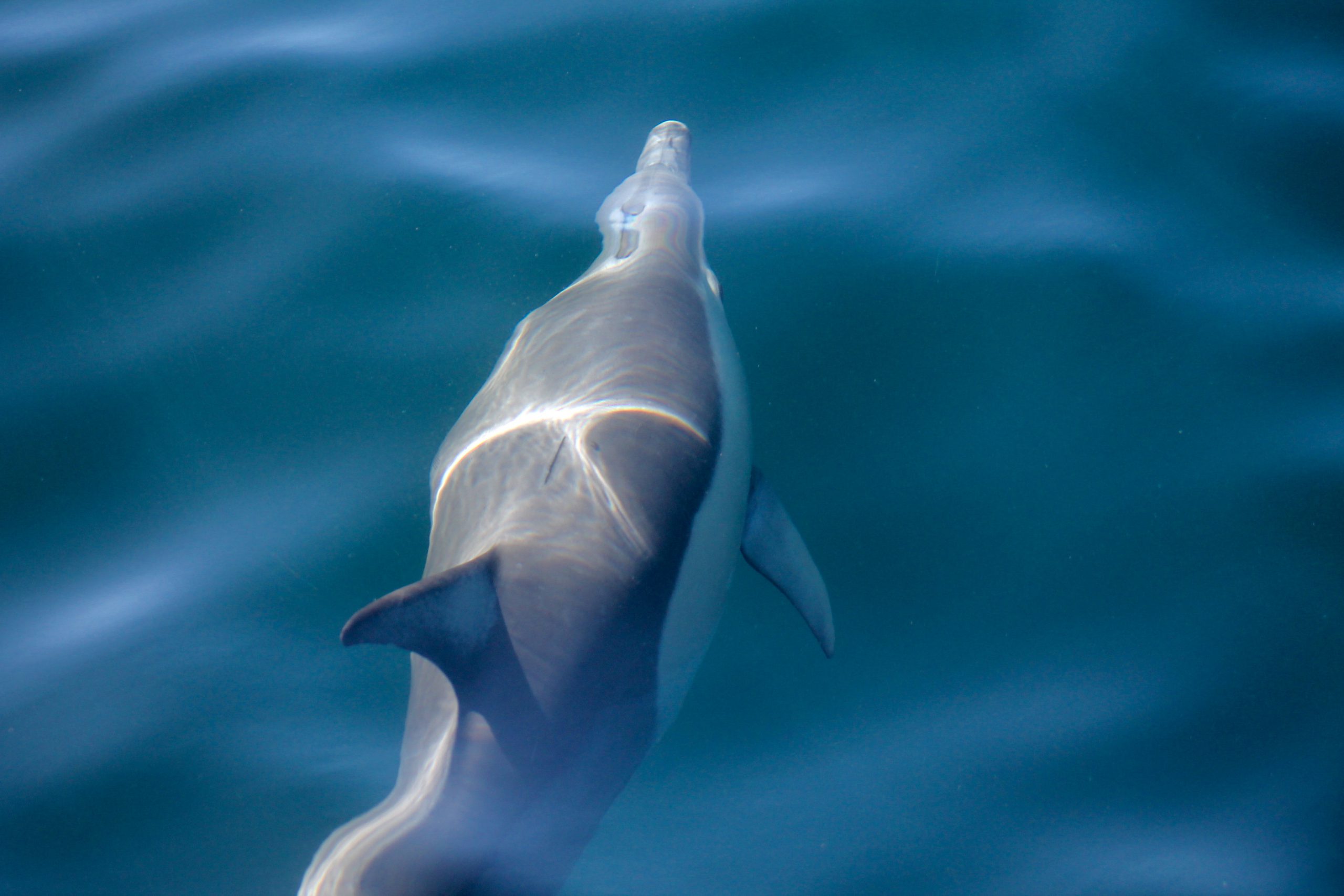
Other fascinating animals you might see on a whale watching trip
Whale Watching
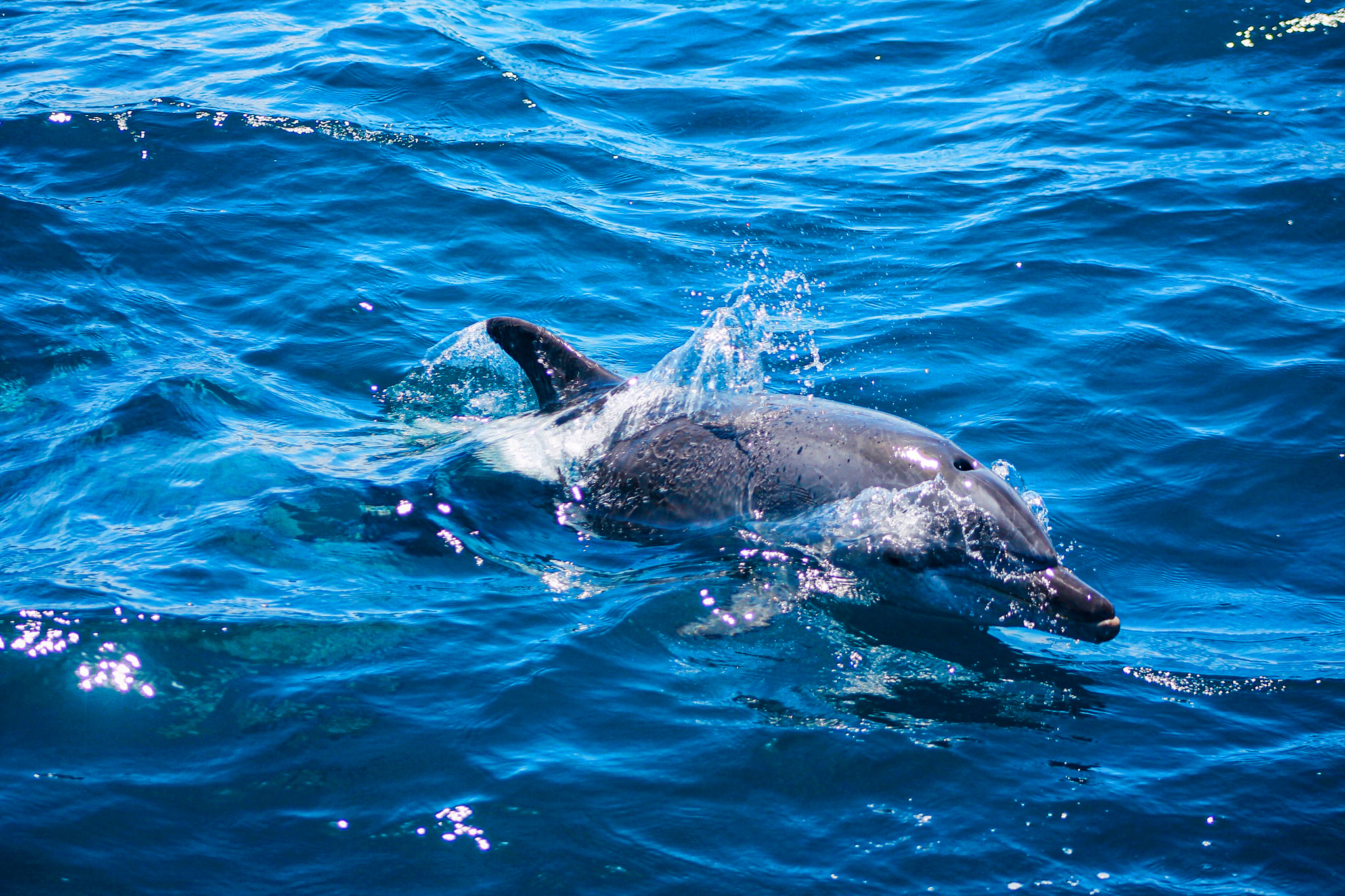
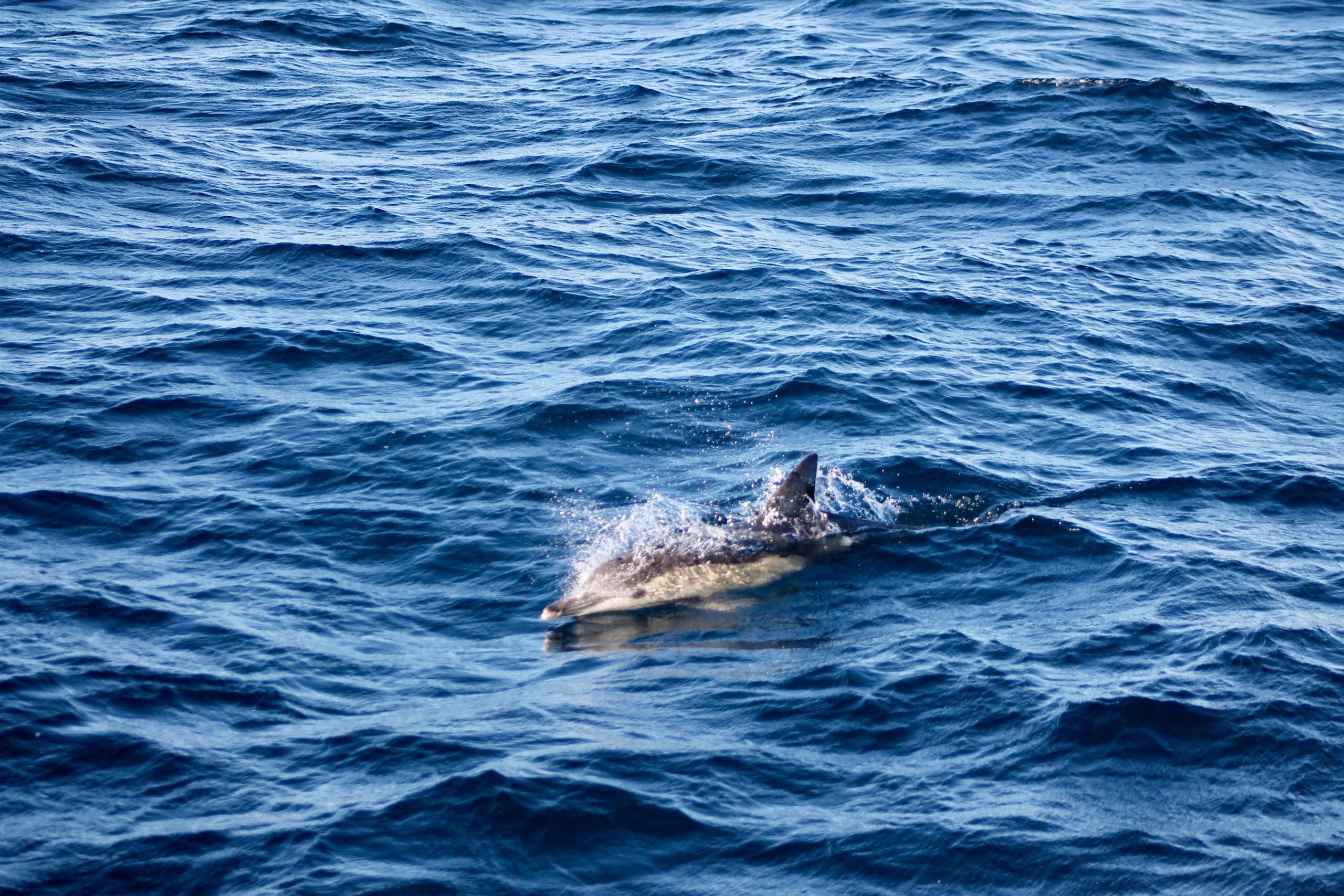
Common Dolphins
The Coral Sea off the Gold Coast is habitat for a number of marine creatures that live here year round. One of those species is the local resident population of common dolphins. These dolphins do not migrate and spend their days resting, socializing and hunting in the bay. Often they can be found tucked in close to the beaches in the morning where they will be gathered together resting in shallow waters after a busy night of hunting and feeding. Dolphins rest in groups for safety, and will shut down one hemisphere of their brain, but still have one eye open so that they are alert to lurking predators like coastal sharks. Common dolphins are brightly coloured with a cream coloured cape and a gray beak and back. Their small size and fusiform body shape makes them very speedy. They will approach a boat to ride the bow wake and you will be delighted with a close up look at them!
Bottlenose Dolphins
Another year round resident is our local groups of bottlenose dolphins. They are larger and heftier then common dolphins and can range from a pale gray to a dark gray colouration. Like all dolphins they hunt in groups and use their teeth not to chew but rather to grasp their prey. All dolphins need to flip their fish around so that it is facing head first into their mouths! This is important as when they swallow the whole fish the very sharp and pointy scales on the fishes backs do not tear up and scratch their throats. We sometimes see bottlenose dolphins leaping high out of the water as they chase prey. We think the sounds of the dolphins big body splashing back into the water alerts other members of the pod that the hunt is on! It’s really exciting to see dolphins moving with speed after a school of fish! Sometimes we may encounter a very special group of dolphins – called a nursery pod – all the members of the group are mother dolphins and their small babies! The pregnant females group together and live separated from the males and when the babies are born they all stay together and raise their newborns without any help form the males. Some mums will go off to hunt while other females stay and baby sit all the young calves! The little ones are pretty cute – so keep a sharp lookout when they come to visit the boat!

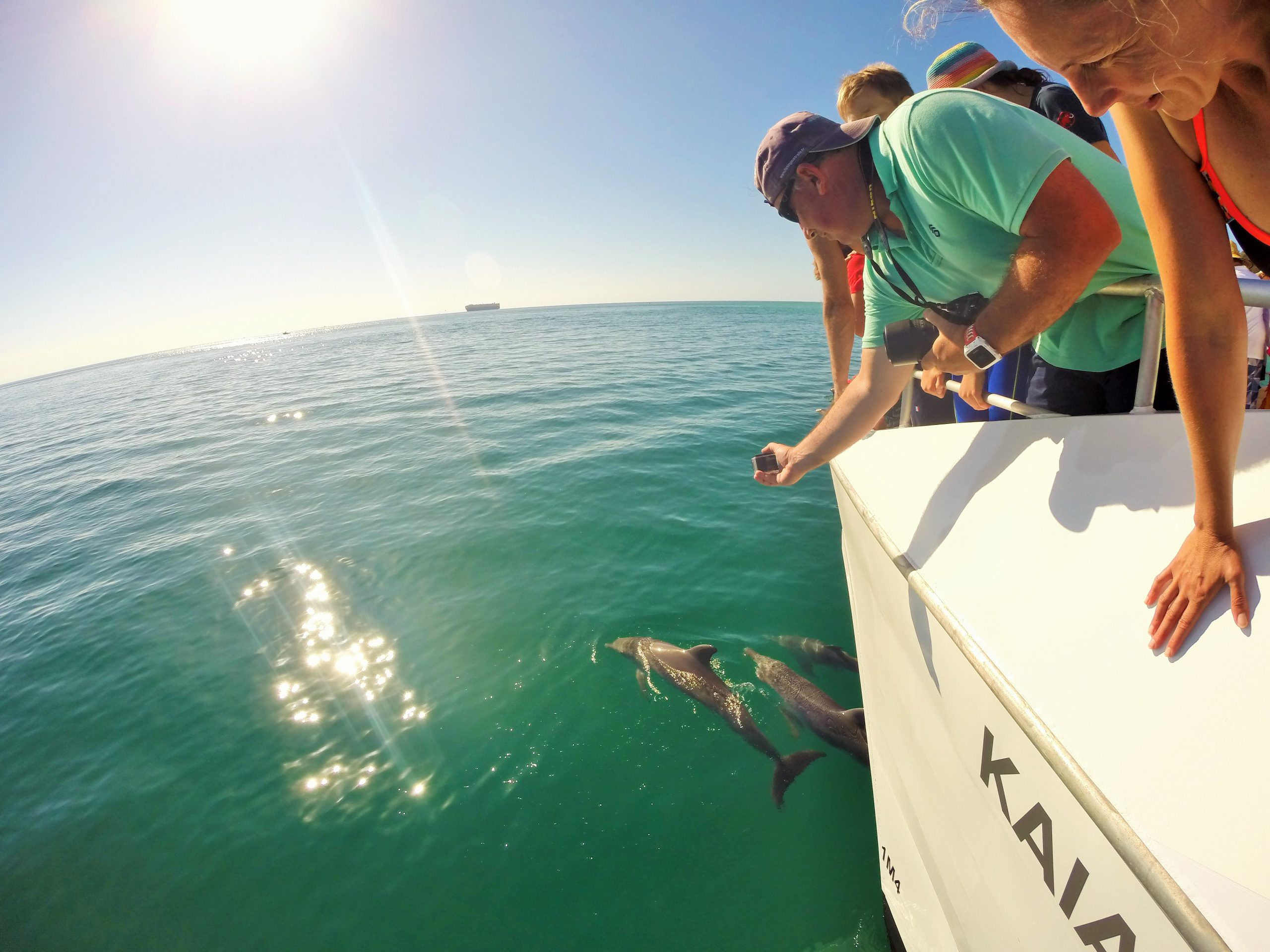
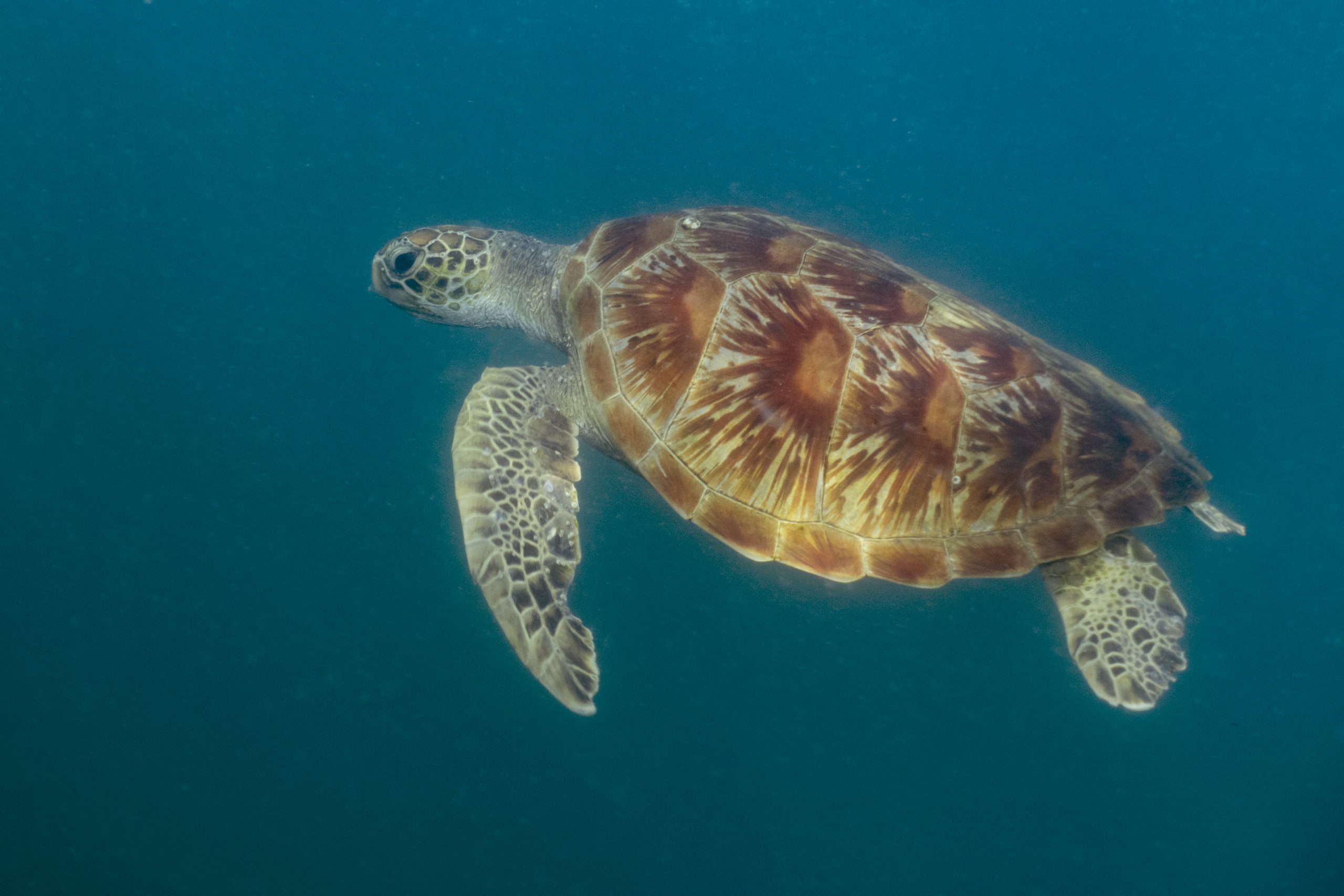
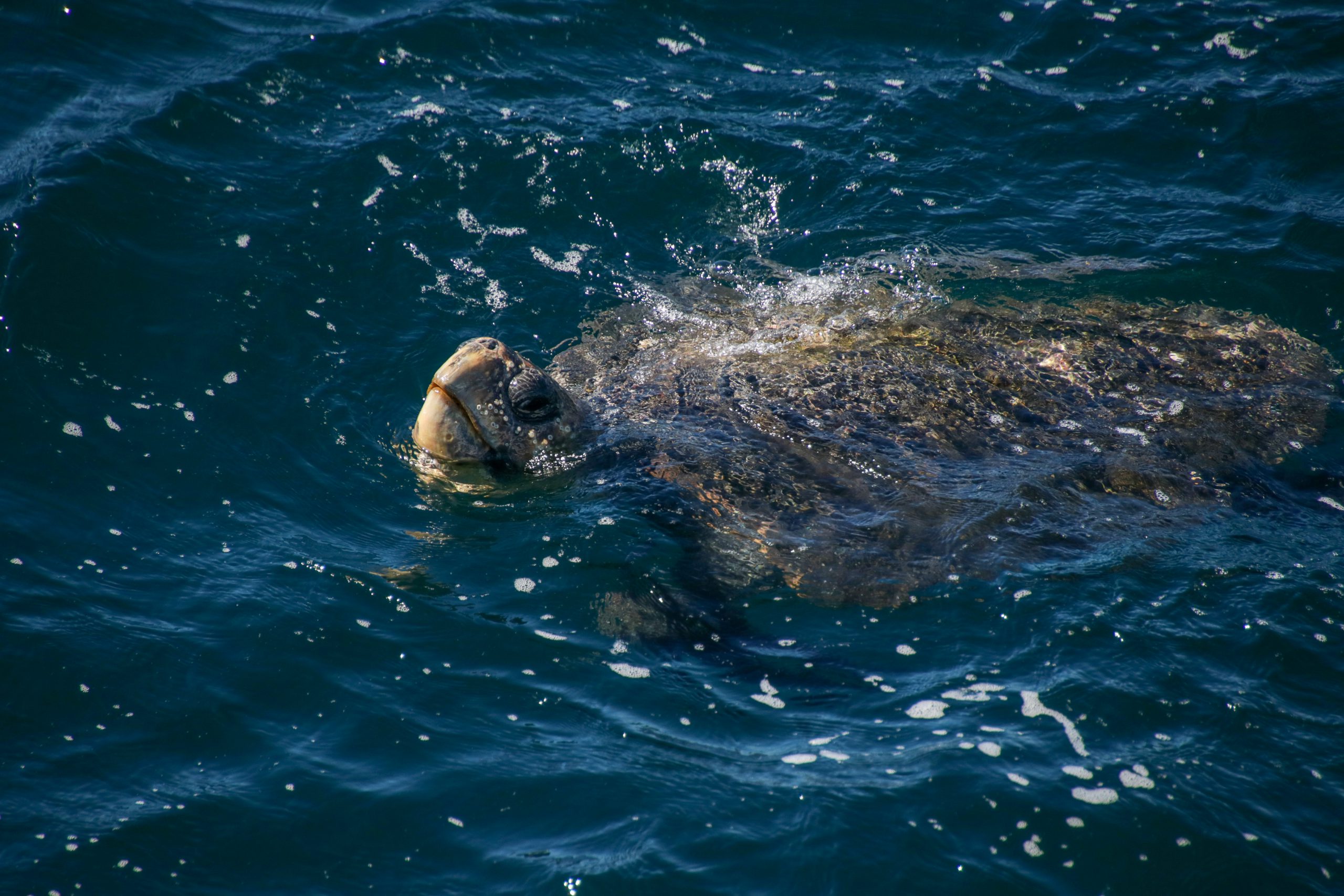
Sea Turtles
The waters off the Gold Coast are also home to different types of sea turtles. We see them gliding through the water, or poking their snout out of the water to take a breath. Sea turtles have been on the planet for a very long time – longer than even crocodiles and alligators – and may have been present when the dinosaurs where roaming the land! If everything goes well for sea turtles they can live a very long life span – in some cased up to 100 years old! That is pretty amazing, considering they have to race from their nests on a sandy beach when they first hatch and face groups of seabirds trying to gobble them up! Sea turtles have the ability to sleep on the sea floor for up to five hours in one go – they have to really slow down their heartrate to do this. Sea turtles will eventually come to the surface to breathe and rest – that is when we get the chance to visit with them. Fun Fact: Sea turtles have about 50 bones in their bodies, including their very hard shell, which is actually a part of its skeleton.
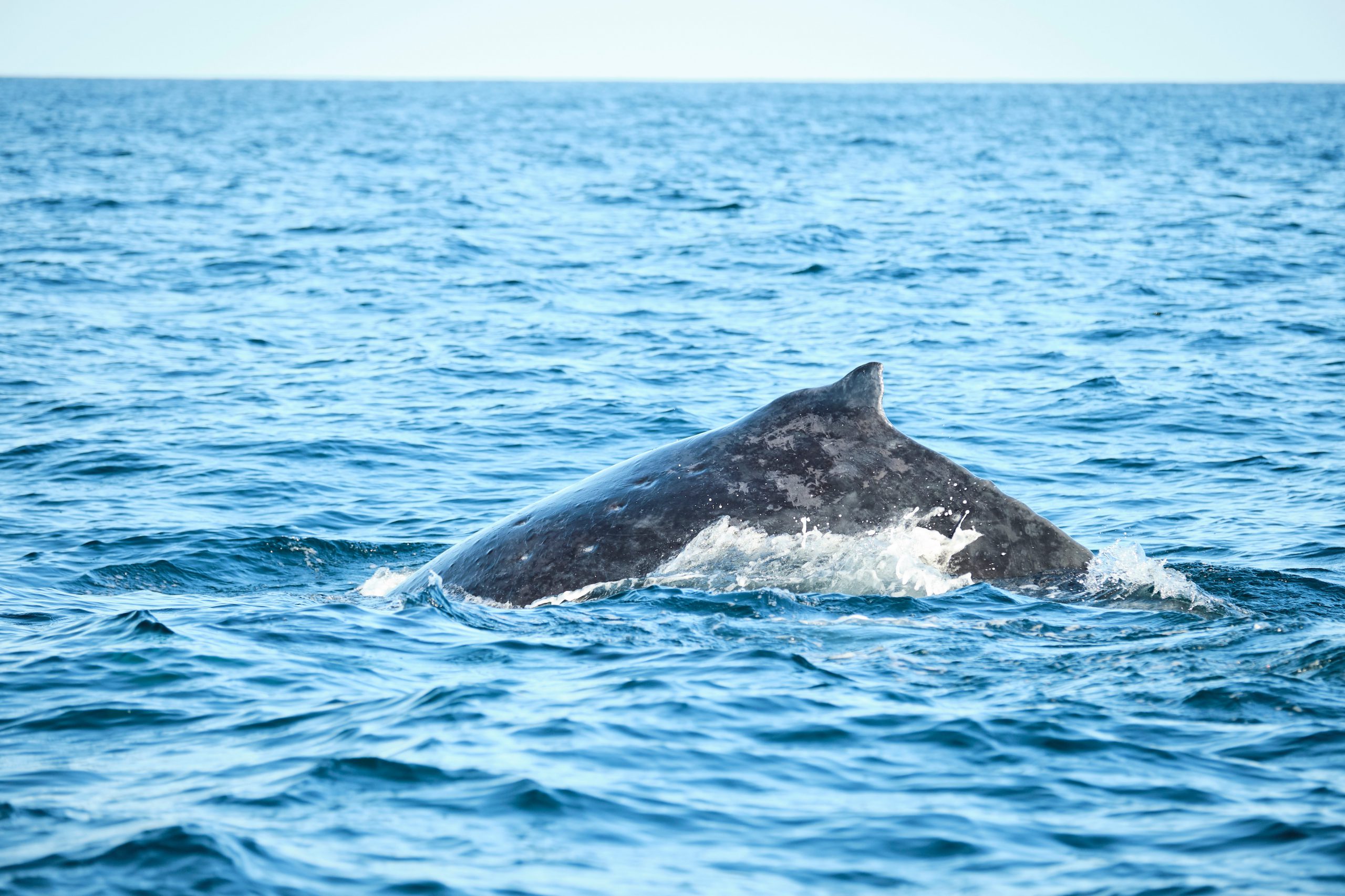
Minke Whales
An early season occasional visitor is the southern Minke whale. They are sighted usually in May or in June and last season each time we saw them there was a small calf with the pod! Minke whales can be shy compared to humpbacks and usually do now show off, or breach about. They will pop up suddenly and then glide through the water and if you spot one – look out for the pointed dorsal fin on their back. Sightings are usually brief – but it’s still exciting to see these whales as they pass though the bay on their migration. Be sure to give them a wave! These minke whales were recently hunted in the Southern Ocean but as of 2019, they are no longer being targeted. We sure hope they will recover their numbers now, so we can see even more mums and bubs into the future. Fun Fact: Minke whales can put on a burst of speed (especially when hunting) and they can swim at 40 kilometres an hour – that is faster than many boats!
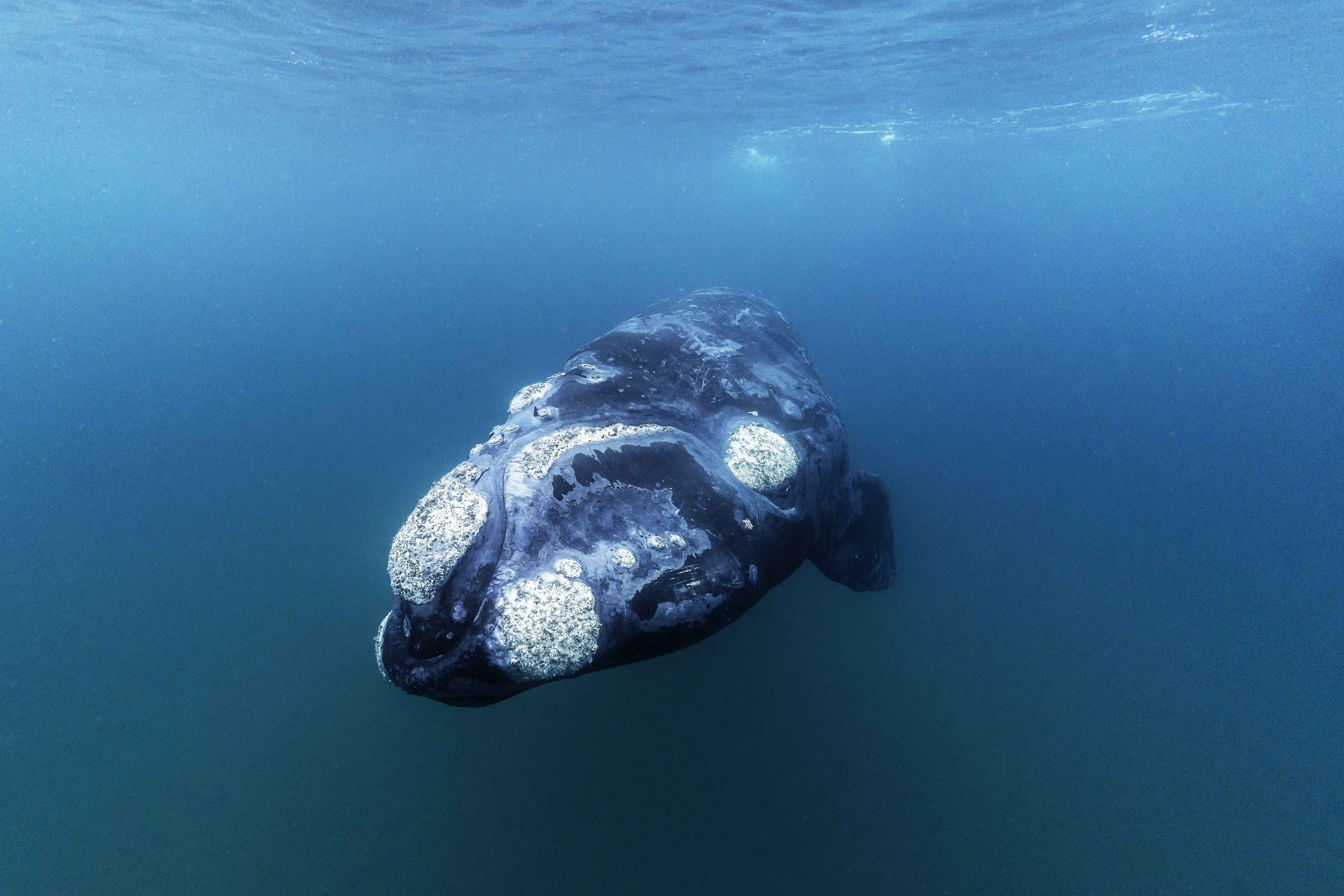
Southern Right Whales
Another occasional visitor is the southern right whale! They are making a strong comeback right now and they birth their calves near the Great Australian Bight. Perhaps the cows or mums are leading their young calves on a big swim about to get their tail flukes really strong. It seems strange to find them this far north up to East coast of Australia, but every year in recent times we will see mums and calves in the Gold Coast Bay. Southern rights have very short pectoral flippers and white horny growths on their heads called callosities. Fun fact: Each whale has a unique callosity pattern on their heads! This is how cetacean researchers can identify each whale!
